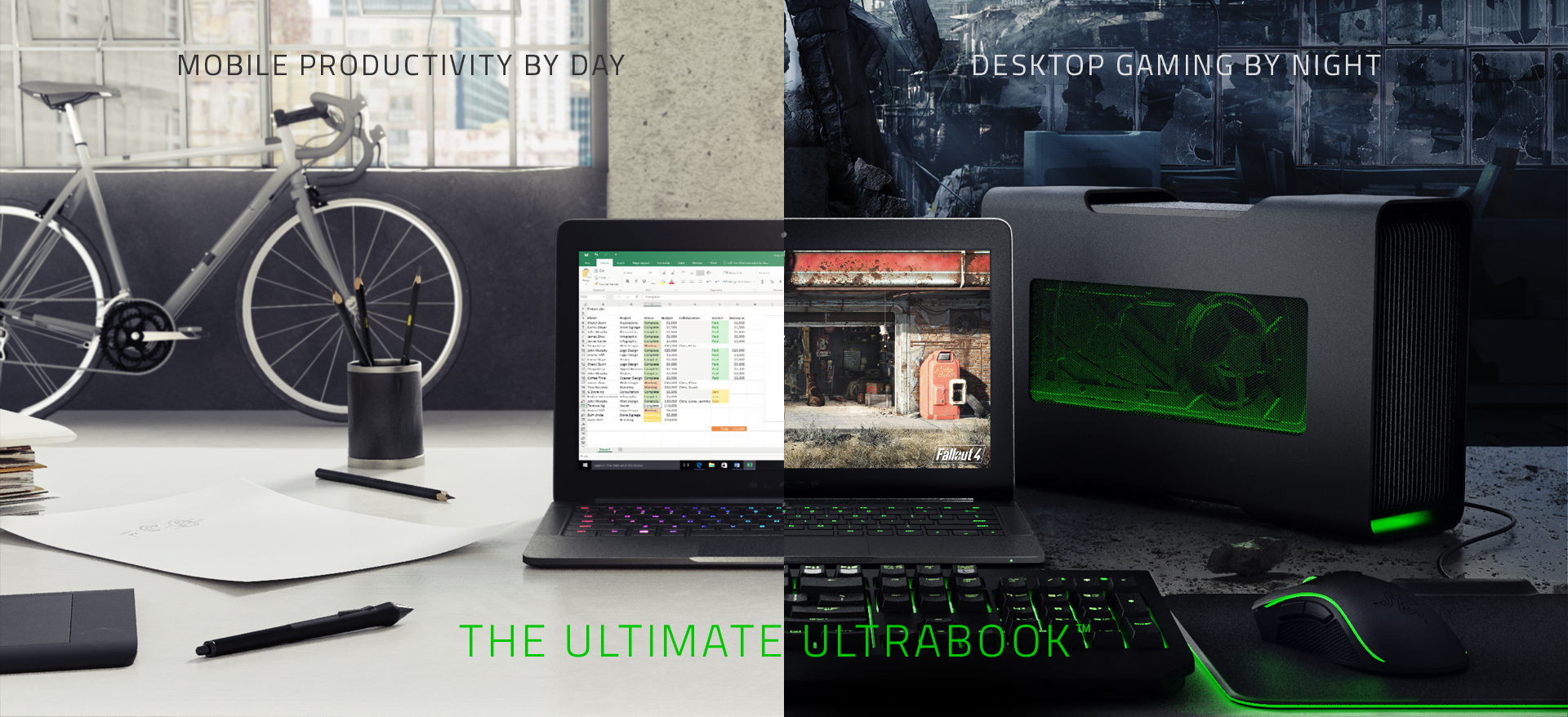
The concept of an external graphics card has been around for several years. Being able to supplement a standard notebook (or these days, an Ultrabook) with a powerful external GPU is no doubt an intriguing proposition for serious gamers but up to this point, we've yet to see a non-proprietary solution gain much traction.
AMD is aiming to change that once and for all with XConnect, a new technology built into Radeon Crimson Software 16.2.2 (and later) that adds support for Thunderbolt 3 external graphics enclosures. The whole affair is plug-and-play making it incredibly simple to use. What's more, gamers can elect to play on their notebook's display or connect an external monitor.
It is, however, still somewhat proprietary. As of writing, AMD XConnect is only compatible with the following Radeon graphics cards:
- Radeon R9 Fury
- Radeon R9 Nano
- Radeon R9 300 Series
- Radeon R9 290X
- Radeon R9 290
- Radeon R9 285
Do note that you'll also need a system running Windows 10 (build 10586 or later) that has also had its BIOS updated to support external graphics.
AMD says it will continue to test and add additional Radeon GPUs to the support list moving forward. Speaking of, AMD points us to its XConnect website where it'll maintain a list of supported systems, system requirements, GPUs and enclosures. As of writing, only the Razer Blade Stealth notebook and the Razer Core enclosure are on said list.
https://www.techspot.com/news/64081-amd-xconnect-makes-using-external-graphics-card-way.html